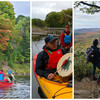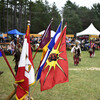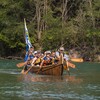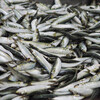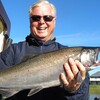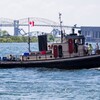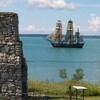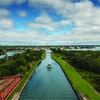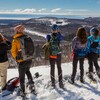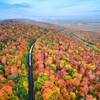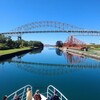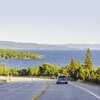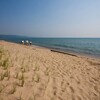
That Time Canada Invaded America
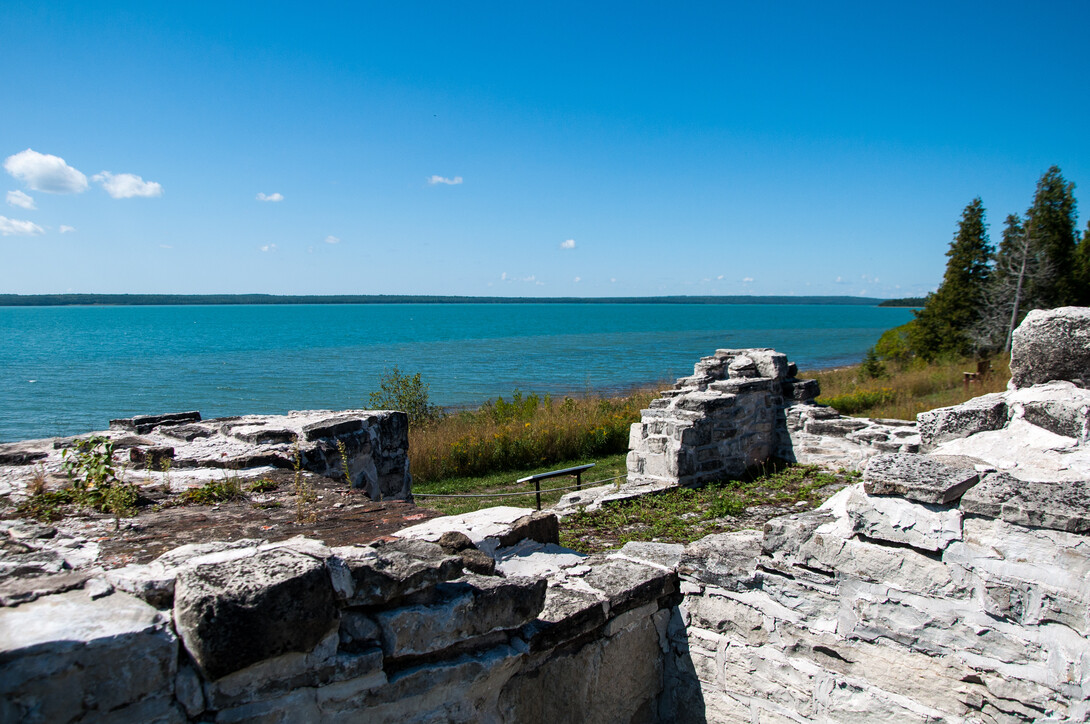
Fort St. Joseph was constructed to be the British counterpart of Fort Mackinac after the British were forced to relinquish control of the fort in 1794. There are many tales to tell of this small but bustling fort, since the beginning of construction in 1796. Fort St. Joseph National Historic Site is dedicated to keeping those memories alive.
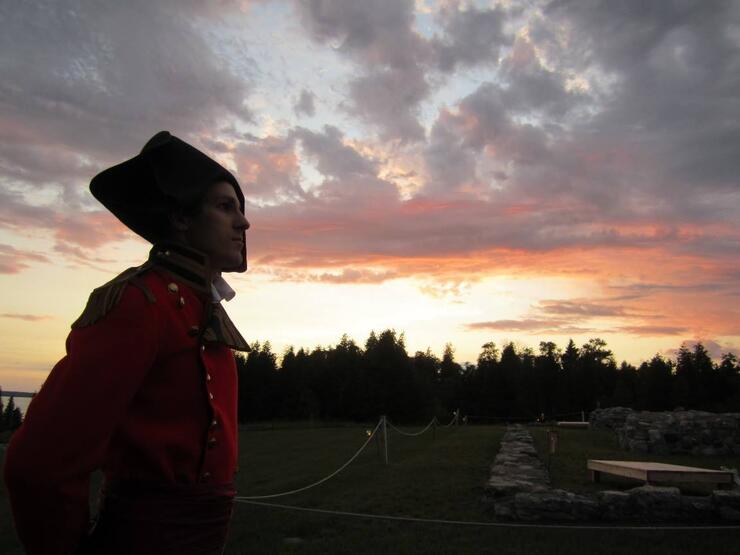
The stories start with a young man named
George Landmann
Landmann was an 18-year-old engineer who was responsible for building most of Fort St. Joseph. He was well liked by the military, voyageurs and Indigenous people alike, and was known for showing respect to all. So much so that Chief Little Crow of the Saulteaux First Nations adopted Landmann as his brother and gave him his second name of “The Little Spirit.” This was a very important factor in the ever-so-important alliance between Indigenous and British at Fort St. Joseph.
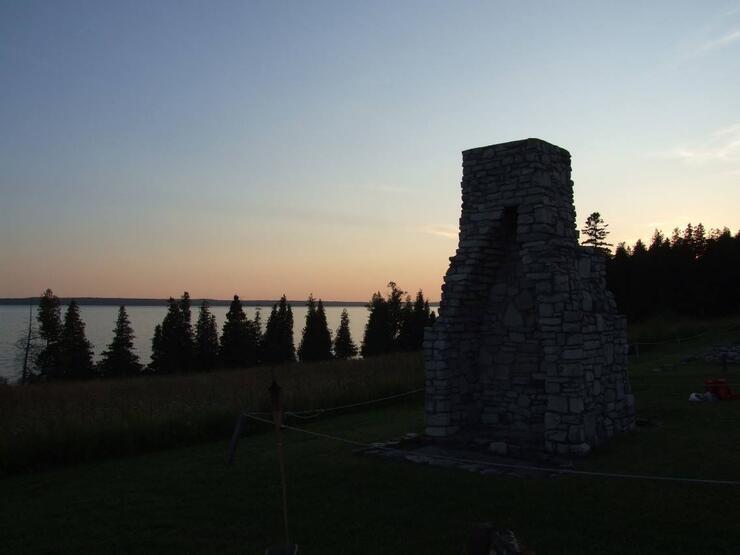
At Fort St. Joseph, community was everything
Guillaume La Motte had been at Fort St. Joseph since 1796 and was an excellent interpreter as he spoke many Indigenous languages. La Motte was an outstanding man who lived a clean life, but developed an incurable illness near 1799. While battling his illness his bedside was full of those who respected him, including Indigenous allies, military personnel, and members of the community. Even while taking his last breathes he was not alone, as Landmann held him until his final moments.
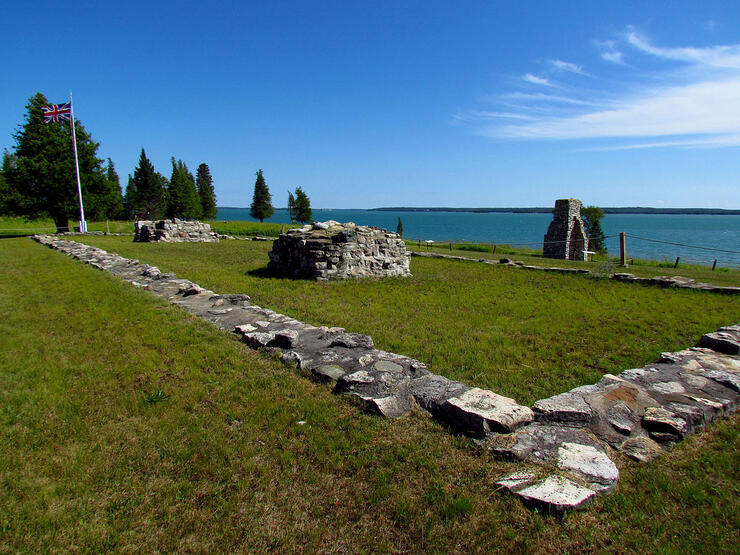
the first strikE
In June of 1812, the Americans declared war on the British Colonies of Upper and Lower Canada. News of this declaration reached Fort St. Joseph, via express canoe, quicker than it reached Fort Mackinac. Captain Charles Roberts of the 10th Royal Veteran Battalion seized this opportunity and prepared to takeover Mackinac. On July 16, 1812 an allied force of Indigenous and Métis peoples, voyageurs, and British military canoed to Mackinac. Throughout the early morning of July 17, 1812, this allied force hauled a cannon up the hill that pointed at Fort Mackinac, and evacuated all the citizens of the community. Lt. Porter Hanks at Fort Mackinac knew his small garrison did not stand a chance and surrendered to Capt. Charles Roberts without any bloodshed. This was a pivotal move in the British-Indigenous allied forces securing victory over the Americans.
DownsizinG
During their travels in 1814 a group of American military came across the abandoned Fort St. Joseph and burnt down all the buildings. At the end of the War in 1815, the British had to once again give back Fort Mackinac and instead of coming back to Fort St. Joseph, decided that building a fort on Drummond Island would be a better move strategically. Yet Fort St. Joseph was not completely abandoned; a group of seven men stayed to guard the rebuilt powder magazine and tend to cattle.
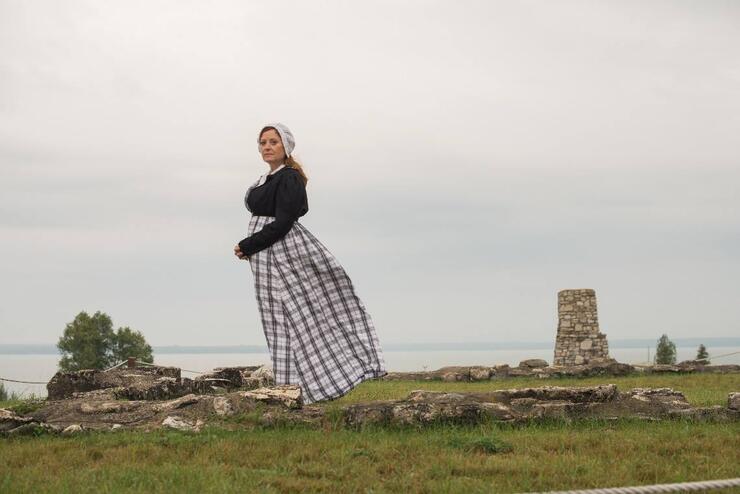
One last shake-uP
In 1828, Drummond Island was declared to be American territory, and once again the British garrison was on the move. This time it was decided that building a fort at Penetanguishene would be best. By 1829, Fort St. Joseph was abandoned and would wait almost a century to recount its many stories. In the 1920s, the Sault Ste. Marie Historical Society became interested in the ruins of what was Fort St. Joseph and in 1923 the Fort was declared a National Historic Site.
All of these stories are important in the shaping of what Canada has become today, which is why Parks Canada is dedicated to telling them. Whether to attend an event or browse the ruins and museum, visit Fort St. Joseph to walk in the footsteps of Landmann, La Motte, Roberts and more. The only way to remember history is to keep talking about it, so plan your visit to Fort St. Joseph today!
Recommended Articles

9 Facts to Know about the Agawa Canyon Tour Train
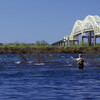
A Guide to the Best Urban Fishing in Sault Ste. Marie, Ontario
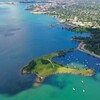
Where to Eat, Dine, and Play on the Sault Ste. Marie Waterfront

Cruising to the Next Level

Canada's Only Bushplane Museum is a Must For Your Bucket List

Why the Fall Is a Great Time to Visit Sault Ste. Marie
Canoe & Kayak Sault Ste. Marie

Peace Restaurant
